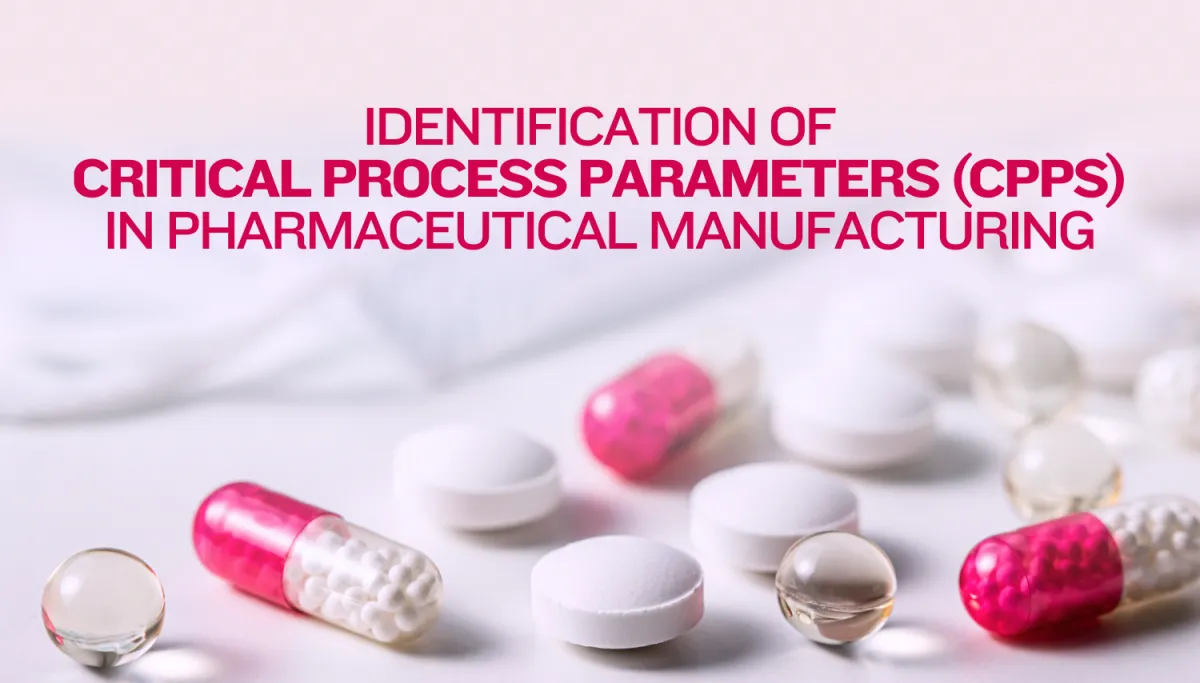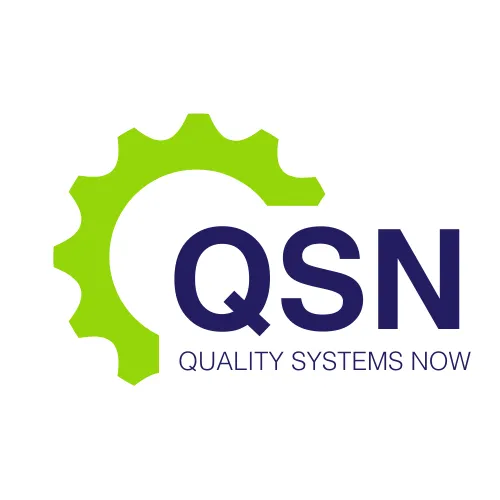LATEST NEWS

Identification of Critical Process Parameters (CPPs) in Pharmaceutical Manufacturing
The establishment and control of Critical Process Parameters (CPPs) represents a fundamental requirement in pharmaceutical manufacturing to ensure consistent product quality. As defined by ICH Q8(R2), CPPs are process variables that have significant impact on critical quality attributes (CQAs) and therefore require monitoring and control to ensure the process produces the desired quality. This article examines the scientific methodology for CPP identification, its regulatory basis, and practical implementation strategies for therapeutic goods manufacturers operating under Good Manufacturing Practice (GMP) requirements.
Regulatory Framework Governing CPP Identification
The identification and control of CPPs forms an essential component of modern quality systems as outlined in key regulatory guidance documents. ICH Q8(R2) Pharmaceutical Development establishes the foundation for quality by design (QbD) approaches, mandating the systematic evaluation of process parameters that influence product quality.
The TGA's adopted version of PIC/S Guide to GMP (PE 009-16) similarly requires manufacturers to identify and control variables that may impact product quality, particularly in Annex 15 which addresses qualification and validation. These requirements align with international standards including FDA's Process Validation Guidance (2011) and EMA's Guideline on Process Validation (2014).
From a compliance perspective, failure to adequately identify and control CPPs may result in regulatory observations related to PIC/S GMP Chapter 1 (Pharmaceutical Quality System) or Chapter 3 (Premises and Equipment). Recent TGA inspection findings have increasingly focused on inadequate process understanding and control of critical parameters.
Scientific Methodology for CPP Identification
The identification of CPPs requires a systematic, science-based approach that integrates product and process knowledge. The following methodology represents current best practice:
Risk Assessment and Initial Parameter Screening
Initial identification begins with a comprehensive risk assessment using tools such as Failure Mode Effects Analysis (FMEA) or Ishikawa diagrams. This preliminary screening evaluates all potential process parameters against their possible impact on CQAs. Parameters are typically categorized as:
Critical Process Parameters (direct impact on CQAs)
Key Process Parameters (indirect or potential impact)
Non-critical Process Parameters (no significant impact)
Design of Experiments (DoE) Approaches
Multivariate experimental designs provide the most robust scientific basis for CPP identification. Factorial designs, particularly response surface methodologies, enable evaluation of parameter interactions that cannot be detected through univariate testing.
For biological processes, partial least squares (PLS) regression has proven particularly valuable in handling complex datasets with multiple interdependent variables. Recent advances in machine learning algorithms are increasingly being applied to large process datasets for enhanced CPP detection.
Scale-Dependent Considerations
CPP identification must account for potential scale-dependencies between development and commercial manufacturing. Parameters that appear non-critical at laboratory scale may become critical at production scale due to changes in mass transfer, heat distribution, or other physical phenomena.
Practical Implementation in GMP Environments
Process Characterization Studies
Prior to process validation, manufacturers should conduct extensive process characterization studies to:
Establish proven acceptable ranges (PARs) for each CPP
Determine normal operating ranges (NORs)
Identify edge of failure limits
These studies form the basis for subsequent control strategies and should be documented in the pharmaceutical development report.
Control Strategy Development
The control strategy for CPPs should specify:
Monitoring frequency and methodology
Appropriate analytical methods for verification
Response actions for excursions
Automated process analytical technology (PAT) systems provide significant advantages for real-time CPP monitoring in modern facilities.
Continued Process Verification
ICH Q10 Pharmaceutical Quality Systems emphasizes the need for ongoing monitoring of CPPs throughout the product lifecycle. Statistical process control (SPC) methods should be employed to detect trends and maintain process capability.
Common Challenges in CPP Identification
Over-identification of CPPs
Excessive designation of parameters as critical creates unnecessary control burdens without quality benefit. A common industry pitfall is classifying all measurable parameters as critical rather than focusing only on those with demonstrated impact on CQAs.
Under-identification of CPPs
Conversely, failure to recognize true CPPs represents a significant compliance risk. Recent TGA audits have identified cases where critical parameters were omitted from control strategies, particularly for:
Freeze-drying processes
Aseptic filling operations
Biological fermentation
Documentation Deficiencies
Regulatory expectations require clear documentation of:
Scientific rationale for CPP designation
Experimental data supporting classifications
Justification for exclusion of non-critical parameters
Inadequate documentation remains a frequent finding in regulatory inspections.
Case Study: CPP Identification for Sterile Injectable Manufacturing
A recent project with an Australian sterile manufacturer demonstrated the practical application of CPP identification:
Initial risk assessment identified 38 potential parameters for vial filling and lyophilization
DoE studies reduced this to 12 confirmed CPPs
Process characterization established PARs for each CPP
PAT implementation enabled real-time monitoring of fill volume and lyophilization parameters
This approach resulted in a 30% reduction in batch failures while maintaining full compliance with TGA and PIC/S requirements.
Future Trends in CPP Management
Emerging technologies are transforming CPP identification and control:
Artificial intelligence for predictive modeling of parameter interactions
Advanced sensor technologies for enhanced process monitoring
Blockchain applications for audit trail integrity
These innovations promise to further enhance the scientific basis for CPP determination while improving operational efficiency.
Want to know more? Contact Us For A Chat
Proper identification and control of Critical Process Parameters represents both a regulatory requirement and scientific imperative for therapeutic goods manufacturers. By implementing systematic, risk-based approaches grounded in sound pharmaceutical science, companies can ensure consistent product quality while maintaining compliance with TGA and international GMP standards.
Quality Systems Now provides specialized expertise in CPP identification and process validation for Australian manufacturers. Our team of GMP compliance specialists can assist with:
Design and execution of process characterization studies
Development of science-based control strategies
Preparation of regulatory documentation
Training in QbD methodologies
Contact our technical team for assistance in optimizing your CPP identification and control processes to meet current regulatory expectations.
